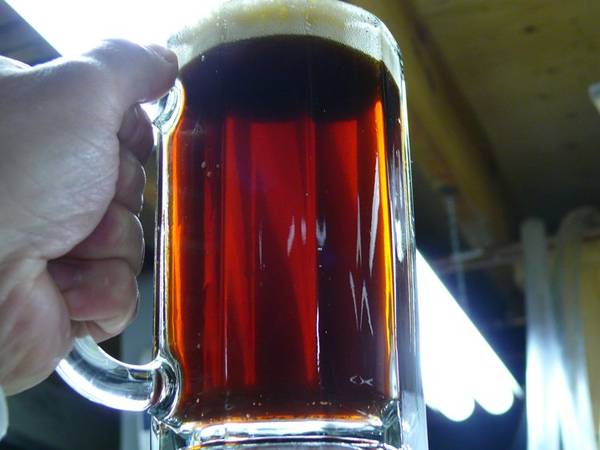Photopilot
Well-Known Member
I am doing primary only for all my current on deck brews now. One exception though is my Barley Wine. Even Revvy gave his approval for a secondary for this. I do only ales with a few exceptions coming up. In the past I put everything into secondary, I have had wines and meads there for 6 months or more.
On what type of beers do you go into a secondary? Please give examples of beers and situations you think requires secondary-ing. How long in secondary for each situation?
On what type of beers do you go into a secondary? Please give examples of beers and situations you think requires secondary-ing. How long in secondary for each situation?










![Craft A Brew - Safale S-04 Dry Yeast - Fermentis - English Ale Dry Yeast - For English and American Ales and Hard Apple Ciders - Ingredients for Home Brewing - Beer Making Supplies - [1 Pack]](https://m.media-amazon.com/images/I/41fVGNh6JfL._SL500_.jpg)
















































